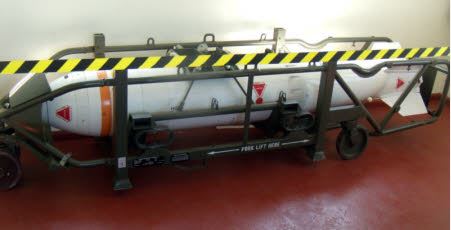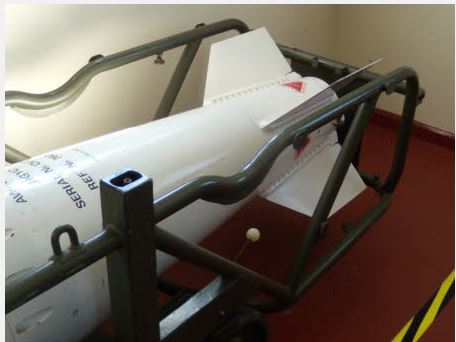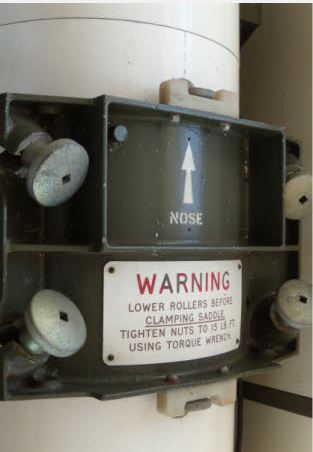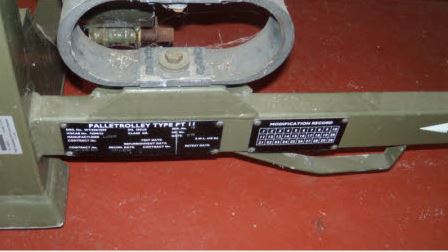This blog continues in the “Europe & the U.S. in 99 Objects” series. Dr. Gabriella de la Rosa at the National Trust has started this project for the National Trust, originally published here, by delving into the Trust’s collections – nearly 1 million objects held at over 200 historic properties across the United Kingdom – to find objects with interesting, unusual and unexpected connections to Europe. These objects and their stories are being published in the form of a digital diary on the National Trust Collections website.
#16 Frederick Augustus Hervey, 4th Earl of Bristol and Bishop of Derry (1730-1803)
Elisabeth Louise Vigée Le Brun (Paris 1755 – Paris 1842).
Category: Art / Oil paintings
Date: 1790 (signed and dated)
Materials: Oil on canvas
Measurements: 1003 x 749 mm (39 1/2 x 29 1/2 in)
Place of origin: Naples
Collection: Ickworth, Suffolk (Accredited Museum)
On show at: Ickworth, Suffolk, East of England, National Trust
NT 851764
Traveller, builder, collector and patron of the arts, Frederick Augustus Hervey, 4th Earl of Bristol and Bishop of Derry, or ‘Earl-Bishop’, led a capricious and eccentric life. He lived for some time in Italy where he bought and commissioned art indiscriminately.
Ironically, while his travels are commemorated by the many hotels worldwide called Bristol, and his architectural vision by his Italianate palace of Ickworth in Suffolk, what should have been his most magnificent legacy – his collection of works of art – has disappeared almost without trace.
In 1798 after having amassed a collection which included ‘Cimabue thro’ Raphael and delicious Guido down to Pompeio Battoni … a Correggio that is invaluable and two Claudes’, the Earl-Bishop was arrested by the French and confined at Milan, and his entire collection was confiscated.
Fortunately, this portrait by Elisabeth Vigée le Brun survives. The Earl-Bishop sat for the immensely talented French portraitist in Naples and her inclusion of Vesuvius in the background isn’t incidental. Not only did the energetic Earl-Bishop climb the volcano on a daily basis, but he was noted for his erratic behaviour and for causing eruptions wherever he went.
#17 WE177A
Orford Ness, an isolated shingle spit on the Suffolk coast, was the secret site of the Atomic Weapons Research Establishment between 1956 and 1972, where scientists tested the components of Britain’s nuclear deterrent at the time of the Cold War.
The innocuously named WE177A, was capable of obliterating an area the size of Leeds and ten times more powerful than the bombs dropped on the Japanese cities of Hiroshima and Nagasaki in the Second World War.
Surrounding this former nuclear facility is the rare and delicate natural environment of Orford Ness itself, so significant, it’s protected by a suite of environmental designations.
More than two decades after the Cold War ended, there are still around 17,000 nuclear warheads around the world. Visiting this special habitat where plants and wildlife flourish is a tiny reminder of the fragile beauty we stand to lose.









